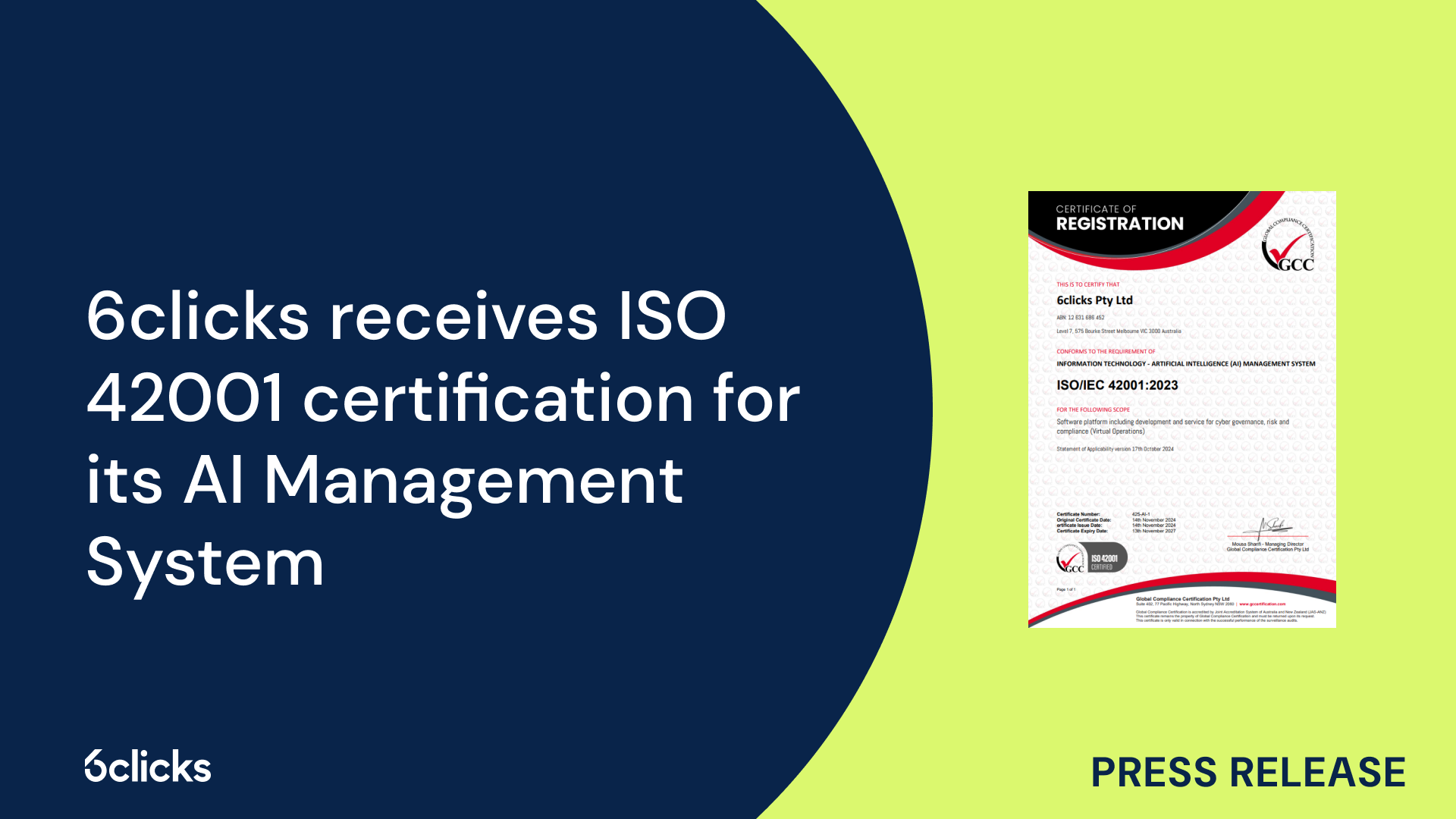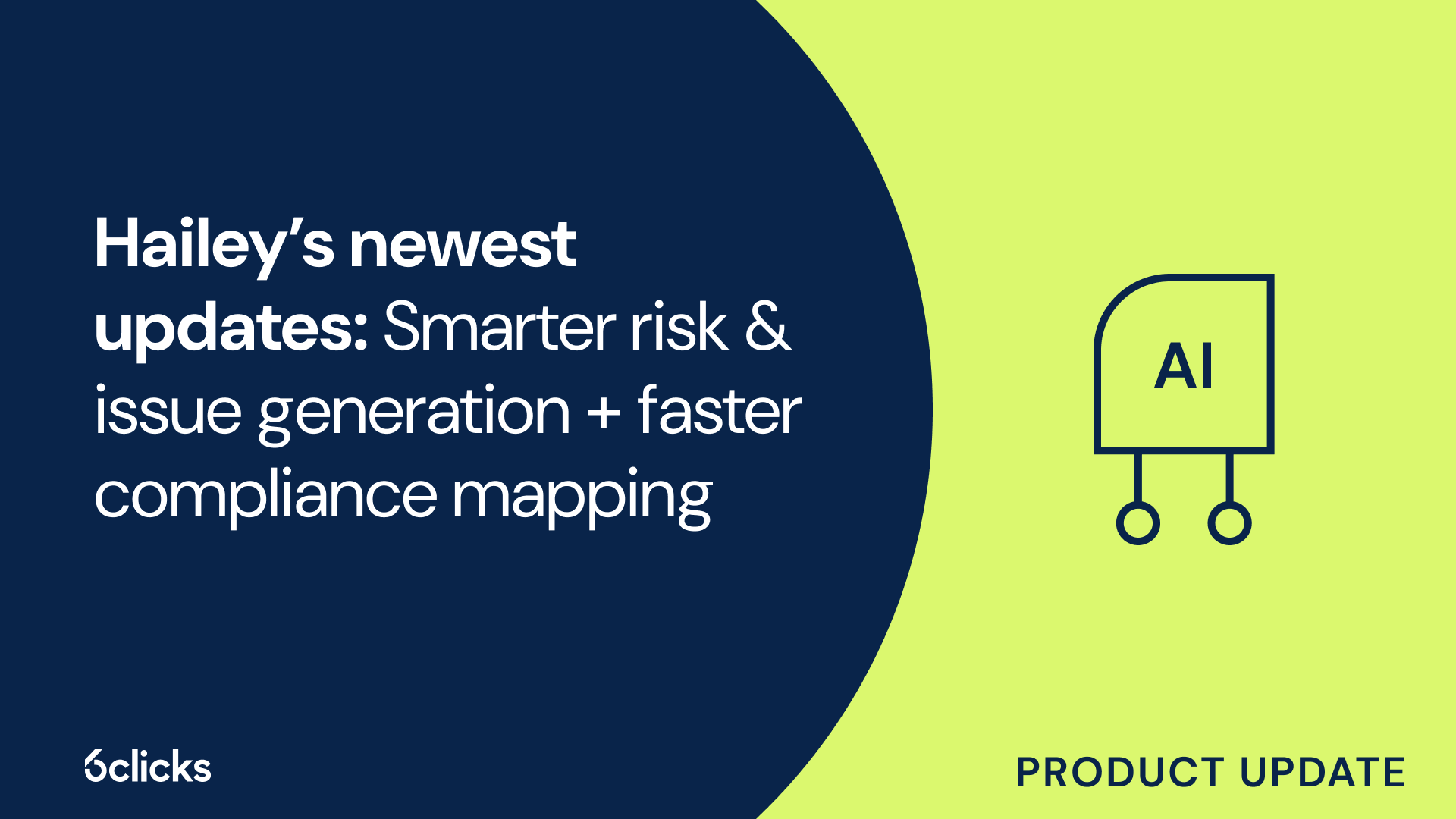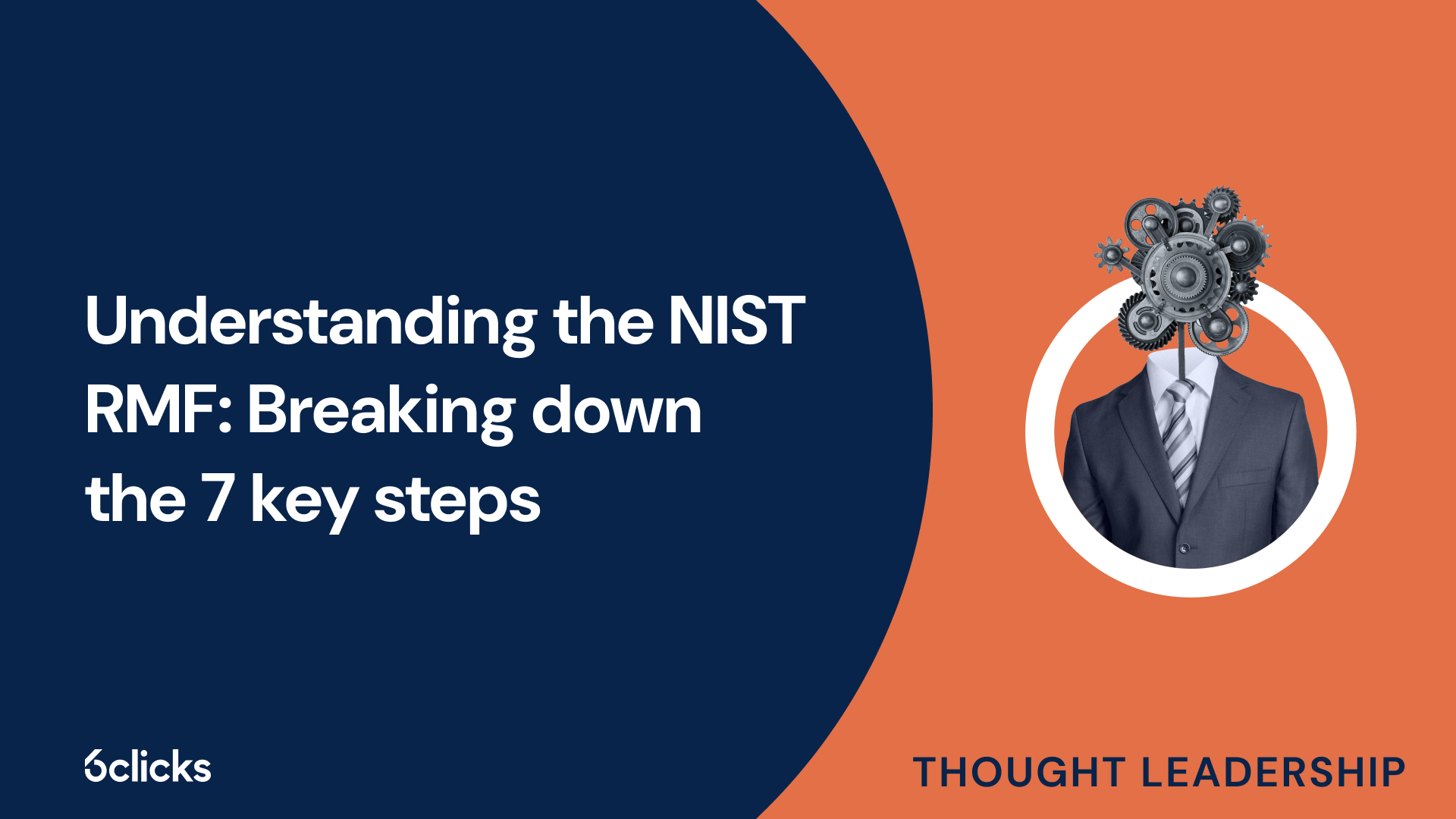What are the ISO 27001 requirements?
Definition of ISO/IEC 27001
ISO/IEC 27001 is an international standard that provides the framework for establishing, implementing, operating, monitoring, reviewing, maintaining, and improving an Information Security Management System (ISMS). The standard sets out the criteria for managing the security of information and outlines the requirements that organizations must meet to achieve certification. ISO/IEC 27001 takes a risk-based approach to information security, focusing on identifying and managing risks to ensure the confidentiality, integrity, and availability of information. By implementing ISO/IEC 27001, organizations can demonstrate their commitment to protecting sensitive data and mitigating security risks. This certification not only provides a competitive advantage but also ensures compliance with legal, regulatory, and contractual requirements related to information security. ISO/IEC 27001 includes various requirements such as conducting risk assessments, establishing security policies and procedures, implementing security controls, conducting internal audits, and continually improving the security management system.
What is included in ISO/IEC 27001?
ISO/IEC 27001 is an international standard that specifies the requirements for establishing, implementing, maintaining, and continually improving an Information Security Management System (ISMS). The standard provides a systematic approach for managing sensitive company information, ensuring its confidentiality, integrity, and availability.
The components and requirements of ISO/IEC 27001 include:
- Context of the organization: This involves understanding the organization's internal and external issues, interested parties, and the scope of the ISMS.
- Leadership and commitment: Senior management plays a vital role in establishing and promoting the ISMS, ensuring the integration of information security into the organization's processes and practices.
- Planning: This component focuses on risk assessment, risk treatment plans, and the establishment of information security objectives and plans.
- Support: This covers the provision of resources, training, awareness, and communication to support the ISMS.
- Operation: This component involves implementing and operating the ISMS, including establishing the necessary information security policies, processes, and controls.
- Performance evaluation: Internal audits and management reviews are conducted to evaluate the performance of the ISMS and identify areas for improvement.
- Improvement: Corrective actions, preventive actions, and continual improvement efforts are essential to enhance the effectiveness of the ISMS.
By implementing ISO/IEC 27001, organizations can effectively manage security risks, comply with legal and regulatory requirements, protect intellectual property, and gain a competitive advantage by demonstrating their commitment to information security.
Security objectives
Security objectives are an essential aspect of ISO/IEC 27001 requirements. These objectives serve as tangible goals that an organization sets to ensure the protection of its information assets. They help define the desired outcomes of implementing an Information Security Management System (ISMS) and provide a framework for decision-making and resource allocation. Security objectives typically revolve around reducing risks, safeguarding data confidentiality and integrity, ensuring availability of information resources, and complying with relevant legal and regulatory requirements. By setting clear and measurable security objectives, organizations can effectively prioritize their security efforts, monitor progress, and demonstrate a commitment to continuous improvement in managing security risks. Aligning security objectives with the organization's overall goals also contributes to a competitive advantage by building trust with stakeholders and minimizing the potential impact of security incidents.
Establishing and maintaining security objectives
Establishing and maintaining security objectives is a crucial component of ISO/IEC 27001, the international standard for information security management systems. Security objectives are specific goals that an organization sets to protect its information assets, ensure data privacy, and manage security risks effectively.
When defining security objectives, organizations must consider legal regulations, ethical obligations, and their own business goals. Compliance with legal requirements is essential to avoid legal liabilities and protect sensitive information. Ethical obligations, such as safeguarding customer data or intellectual property, also play a vital role in setting security objectives.
The first step in establishing security objectives is conducting risk assessments. Organizations need to identify and evaluate potential security risks to understand the impact and likelihood of security incidents. Based on the findings of risk assessments, organizations can prioritize the security objectives that would help mitigate these risks effectively.
Identifying information security requirements is another crucial step. Organizations must determine the specific safeguards and controls that are necessary to protect their assets and meet legal and ethical obligations. These requirements can be derived from industry standards, regulations, contractual obligations, and best practices.
Lastly, aligning security objectives with the overall business strategy is essential. Organizations need to ensure that their security objectives align with organizational goals and support the overall mission. This alignment helps improve the effectiveness and efficiency of security measures and ensures that security objectives contribute to organizational success.
By establishing and maintaining security objectives that comply with legal regulations, ethical obligations, and organizational goals, organizations can effectively manage security risks and protect their information assets. Adhering to ISO/IEC 27001 guidelines provides organizations with a framework to achieve their security objectives and gain a competitive advantage in today's increasingly security-conscious business environment.
Risk assessments
Risk assessments are a crucial component of an Information Security Management System (ISMS). They help organizations identify and evaluate potential threats that could compromise the confidentiality, integrity, and availability of information, systems, or services.
The process of conducting a risk assessment starts with identifying possible threats. This involves considering various scenarios that could jeopardize the security of the organization's assets. Threats can come from internal or external sources, such as unauthorized access, physical damage, malware, or social engineering.
Once the threats have been identified, the next step is to analyze and evaluate the risks associated with these threats. This involves assessing the likelihood of an incident occurring and the potential impact it could have on the organization. The impact can include financial losses, damage to reputation, or disruptions to business operations.
Based on the analysis of risks, organizations can then select risk-reduction treatments. These treatments involve implementing controls and safeguards to mitigate or minimize the identified risks. These controls can be technical, physical, or procedural measures designed to prevent, detect, or respond to security incidents.
To ensure the effectiveness of risk assessments, organizations should follow a risk management framework. This framework provides a structured approach to identifying, analyzing, evaluating, treating, and monitoring risks. It helps organizations establish a systematic and consistent process for addressing security risks within their ISMS.
By conducting comprehensive risk assessments and implementing appropriate risk-reduction treatments, organizations can effectively manage and mitigate security risks. This helps ensure the confidentiality, integrity, and availability of information, systems, or services and contributes to the overall security of the organization's operations.
Risk treatment plans
A risk treatment plan is a crucial component of the risk management process within an organization's Information Security Management System (ISMS). It outlines the steps and actions necessary to effectively address and mitigate identified risks.
To develop a risk treatment plan, organizations should start by designing a response for each identified risk. This involves determining the appropriate measures and controls that need to be implemented to either reduce the likelihood of the risk occurring or minimize its potential impact. The response should align with the organization's security objectives and requirements of the ISO/IEC 27001 standard.
Next, accountable owners and mitigation activity owners should be assigned. The accountable owner is responsible for overseeing the implementation and effectiveness of the risk treatment plan. They have authority to make decisions and allocate resources to ensure the plan's success. Mitigation activity owners are responsible for executing specific actions outlined in the plan, such as implementing security controls or conducting training programs.
Additionally, establishing target dates for completion is essential to ensure timely implementation of the risk treatment plan. These dates provide a clear timeline for the execution of mitigation activities and help monitor progress throughout the process.
The purpose of a risk treatment plan is to provide a structured approach to addressing identified risks. It ensures that risks are effectively managed and mitigated within the organization's ISMS. The plan serves as a roadmap for implementing necessary controls, assigning ownership, and establishing accountability to minimize the impact of security incidents.
Evaluation of effectiveness of security controls
Evaluation of effectiveness of security controls is a crucial aspect of ISO/IEC 27001, and Annex A.12 provides a framework for organizations to assess the adequacy and efficiency of their controls. This annex outlines various components that should be evaluated to ensure the desired level of security.
One important component is the evaluation of operational duties and procedures. This involves scrutinizing the processes and responsibilities assigned to individuals within the organization to identify any gaps or overlaps that may lead to security vulnerabilities.
Another essential aspect is malware defense. Organizations need to evaluate the effectiveness of their measures in detecting, preventing, and responding to malware attacks. Regular assessments should be conducted to ensure the controls are up to date and capable of handling the evolving threat landscape.
Data backup is also a critical component for evaluation. Organizations must verify that their backup strategies are reliable and secure to guarantee the availability and integrity of critical data in case of incidents or disruptions.
Record-keeping for security incidents is yet another vital area. The effectiveness of the organization's incident response and reporting mechanisms should be assessed to determine if they meet regulatory requirements and enable swift and appropriate action.
Evaluation of operational software integrity is essential to ensure that software used within the organization is authentic, free of unauthorized modifications, and does not introduce security risks.
Furthermore, technical vulnerability management should be evaluated to determine if vulnerabilities are identified, assessed, and addressed in a timely manner to minimize the risk of exploitation.
Lastly, organizations should assess their adherence to information systems audit guidelines. This involves evaluating the effectiveness of internal and external audit processes to ensure that proper oversight and accountability are maintained.
By thoroughly evaluating each component outlined in Annex A.12, organizations can identify gaps, weaknesses, and areas for improvement, enabling them to enhance their security controls and ultimately strengthen their overall security posture.
Continual improvement of the system
Continual improvement is a fundamental principle of ISO/IEC 27001, the international standard for information security management systems (ISMS). It ensures that organizations constantly enhance their controls, processes, and overall security posture to stay ahead of evolving threats and meet the ever-changing requirements of the business environment.
A key element of continual improvement is the regular review and updating of the ISMS. This involves assessing its effectiveness in protecting information assets, meeting security objectives, and complying with legal and regulatory requirements. By conducting systematic reviews, organizations can identify potential gaps, weaknesses, or areas for improvement within their ISMS.
Monitoring plays a crucial role in the continual improvement process. It involves assessing the performance of security controls, monitoring security incidents and events, and measuring the effectiveness of risk management strategies. This ongoing monitoring allows organizations to detect and respond to emerging security risks and identify opportunities for enhancing the ISMS.
Based on the findings from monitoring and reviews, organizations can make necessary changes to enhance the suitability, adequacy, and effectiveness of their ISMS. This may involve updating security policies, implementing additional controls, providing training and awareness programs, or modifying risk treatment plans.
Continual improvement of the system is vital in maintaining the confidentiality, integrity, and availability of information assets. It ensures that the ISMS evolves to address emerging threats, aligns with organizational objectives, and remains robust in the face of changing security landscapes. By embracing the principle of continual improvement, organizations can enhance their security posture, reduce the risk of incidents, and gain a competitive advantage in the marketplace.
Senior management commitment
Senior management commitment is a crucial requirement of ISO 27001. This involves the dedication and involvement of top-level management in establishing and maintaining the Information Security Management System (ISMS). Senior management plays a key role in providing the necessary resources, support, and direction for the successful implementation of the ISMS. They are responsible for setting the strategic direction and objectives of the organization's information security efforts, as well as ensuring that appropriate security policies and procedures are in place. Senior management commitment is essential for creating a culture of security within the organization, where employees understand the importance of information security and are motivated to comply with security requirements. Without strong commitment and leadership from senior management, it is difficult for an organization to achieve and maintain effective information security management.
Understanding of the business context and risk profile
Understanding the business context and risk profile is crucial when implementing ISO/IEC 27001, the international standard for information security management systems. It provides a comprehensive framework for organizations to establish, implement, maintain, and continually improve their information security management system.
By understanding the business context, organizations can identify and prioritize their information security risks based on their specific operations, objectives, and external factors. This understanding allows them to tailor the security measures and policies unique to their risks, ensuring that their information assets are adequately protected.
Moreover, considering the risk profile is essential for organizations to assess and manage their information security risks effectively. This involves conducting risk assessments to identify and analyze potential vulnerabilities and threats. By doing so, organizations can make informed decisions about implementing appropriate controls to mitigate those risks.
Additionally, organizations need to consider their legal, regulatory, and contractual obligations related to information security. This ensures compliance with relevant laws, regulations, and industry standards. Failure to meet these obligations not only exposes the organization to legal and financial risks but also undermines trust and customer confidence.
Demonstration of commitment to the ISMS
Demonstration of commitment to the Information Security Management System (ISMS) is a crucial aspect of ensuring the effectiveness and success of an organization's information security efforts. By providing clear instructions and guidelines on how to establish and maintain security objectives, implement an information security policy, and ensure senior management commitment, organizations can effectively demonstrate their dedication to protecting their information assets.
By establishing security objectives, organizations can set clear goals and targets for their information security efforts. These objectives should be aligned with the organization's overall business objectives and take into account the specific risks and requirements of the organization. Clearly documenting these objectives and regularly reviewing progress towards achieving them demonstrates a commitment to continuous improvement and the protection of valuable information assets.
Implementing an information security policy is another essential component of demonstrating commitment to the ISMS. This policy should outline the organization's commitment to information security, the responsibilities of employees and stakeholders, and the processes and controls in place to ensure the confidentiality, integrity, and availability of information. By communicating this policy to all employees and stakeholders and ensuring their understanding and adherence to it, organizations can establish a culture of security and demonstrate their commitment to protecting sensitive information.
Senior management commitment is vital in ensuring the success of the ISMS. Without the support and involvement of senior management, it can be challenging to implement and maintain an effective ISMS. Senior management should provide the necessary resources, allocate appropriate budgets, and actively participate in decision-making processes related to information security. This commitment sends a strong message throughout the organization that information security is a priority and helps drive the necessary actions and changes to improve security posture.
Demonstrating commitment to the ISMS brings several benefits to organizations. Firstly, it ensures compliance with legal requirements related to information security. Legal and regulatory frameworks require organizations to protect the privacy and integrity of sensitive information. By actively demonstrating commitment to information security, organizations can ensure compliance and avoid potential legal and financial consequences.
Moreover, a well-defined ISMS can provide organizations with a competitive advantage. Demonstrating commitment to the protection of customer data and intellectual property can enhance brand reputation and build trust with clients and partners. It can also differentiate organizations from competitors who may not have robust information security measures in place.
Implementing and maintaining an effective ISMS can also lead to cost savings. By identifying and mitigating information security risks, organizations can avoid costly security incidents, regulatory penalties, and reputational damage. Additionally, a well-structured ISMS can improve the organizational structure by formalizing processes, roles, and responsibilities related to information security. This clarity and structure enable efficient decision-making and reduce confusion or duplication of efforts.
Establishing a policy for information security
Establishing a policy for information security is a crucial step in complying with ISO/IEC 27001 requirements. This policy serves as a guiding document that outlines the organization's commitment to information security, the processes and controls in place, and the responsibilities of employees and stakeholders.
To effectively establish the policy, it should be defined, approved, published, and communicated within the organization. The policy should be written in a clear and concise manner, ensuring that it is easily understood by all employees. It should also be aligned with the organization's business objectives and the requirements of ISO/IEC 27001.
Key elements that should be included in the policy are the commitment to continuous improvement, adherence to ISO/IEC 27001 requirements and Annex A controls, and alignment with legal and ethical obligations. The policy should emphasize the organization's dedication to safeguarding sensitive information, protecting against security risks, and ensuring the confidentiality, integrity, and availability of data.
By establishing a policy for information security, organizations demonstrate their commitment to complying with ISO/IEC 27001 requirements, as well as legal and ethical obligations. This policy provides a framework for managing information security risks and helps foster a culture of security within the organization. It also serves as a crucial reference point for employees, outlining their responsibilities and guiding their actions towards maintaining a secure environment.
Implementation & operation
Implementation and operation are crucial aspects of ISO 27001, as they involve putting the necessary measures in place to ensure the effective management of information security risks. This includes establishing and maintaining a security management system tailored to the organization's needs and compliant with the requirements of ISO/IEC 27001. The organization must conduct risk assessments to identify and evaluate security risks, develop risk treatment plans to address these risks, and implement security controls accordingly. Additionally, it is essential to establish processes for incident management, including the reporting, investigation, and resolution of security incidents. Internal audits should also be conducted to assess the effectiveness of the security management system and identify areas for improvement. Continual improvement is a key principle of ISO 27001, and organizations should regularly review their security objectives, conduct management reviews, and take appropriate corrective actions to enhance their information security practices. By diligently implementing and operating the necessary measures, organizations can effectively safeguard their sensitive information, mitigate security risks, and gain a competitive advantage in the market.
Organizational structure & responsibility for information security management system (ISMS)
The organizational structure and responsibilities for the Information Security Management System (ISMS) play a critical role in ensuring the security of information within an organization. By clearly defining roles and positions, organizations can effectively allocate responsibilities and integrate the ISMS into their structure.
The ISMS typically involves various key personnel who are responsible for different aspects of information security. These roles often include the Chief Information Security Officer (CISO), information security manager, IT manager, data protection officer, and other relevant positions.
The CISO is often the highest-ranking position responsible for overseeing the organization's information security. They are accountable for the implementation, maintenance, and continuous improvement of the ISMS. The information security manager works closely with the CISO and is responsible for day-to-day management and coordination of the ISMS.
The IT manager is responsible for the technical aspects of information security, such as managing security controls and implementing security policies. The data protection officer ensures compliance with data protection regulations and oversees activities related to the protection of personal data.
Clear communication and coordination among these roles are crucial for the effective management of information security. By integrating the ISMS into the organizational structure, organizations can ensure that all relevant personnel are aware of their responsibilities and work together to protect sensitive information.
Human resources & training requirements for information security management system (ISMS)
Human resources and training are crucial components of an effective Information Security Management System (ISMS). With the increasing threat landscape and evolving security risks, organizations need to ensure their workforce has the necessary skills and competencies to protect sensitive information.
To successfully implement and maintain an ISMS, organizations need to clearly define roles and responsibilities related to information security. This includes positions such as the Chief Information Security Officer (CISO), information security manager, IT manager, and data protection officer. Each role has distinct responsibilities that contribute to the overall protection of information assets.
Having a qualified workforce is essential for the success of the ISMS. Individuals involved in implementing and maintaining the ISMS need to possess key competencies such as knowledge of security frameworks, risk assessment processes, and security controls. They should also have skills in security incident management, risk treatment planning, and continuous improvement.
Providing appropriate training is essential to ensure that employees have the necessary knowledge and skills to carry out their responsibilities effectively. Ongoing training and professional development help employees stay updated with the latest security practices, emerging threats, and regulatory requirements. This enables them to implement appropriate security measures and contribute to the organization's overall security posture.
Related eBooks & Expert guides
- Understanding ISO 27001
- What is the ISO 27001 standard?
- ISO 27001 vs ISO 27002
- Who needs to be ISO 27001 certified?
- Why is ISO 27001 so important?
- GRC Buying Guide
- GRC Buying Guide
Blogs & Thought Leadership
- ISO 27001 vs PCI-DSS
- ISO 27001 vs NIST CSF
- ISO 27001 vs ASD Essential 8
- ISO 27001 vs SOC 2
- ISO 27001 vs NIST SP 800-53







